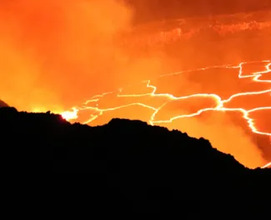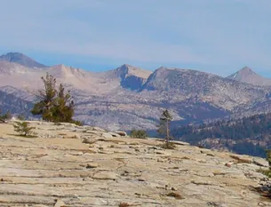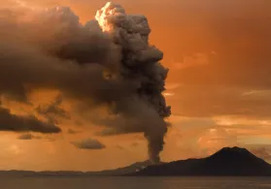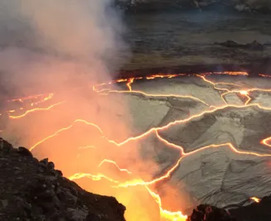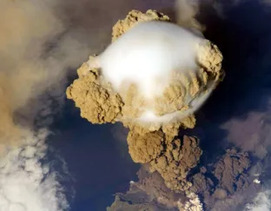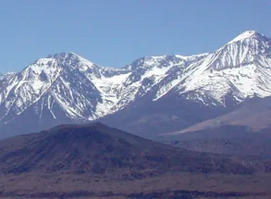Volcanoes: Characteristics, Tipping Points, and those Pesky Unknown Unknowns
The geological record of volcanic eruptions suggests that scientists are some way from being able to forecast eruptions at many of the world’s volcanoes. There are three reasons for this. First, continuing geological discoveries show that our knowledge is incomplete. Second, knowledge is limited about why, how, and when volcanic unrest turns into eruptions, and over what timescales. Third, there are imbalances between the studies of past eruptions, and the geophysical techniques and observations on modern events, versus the information needed or demanded by society. Scientists do not yet know whether there are other, presently unknown, factors that are important in controlling eruptions, or if there is an inherent unknowability about some volcanic systems.
Volcanoes: Characteristics, Tipping Points, and those Pesky Unknown Unknowns Read More »


